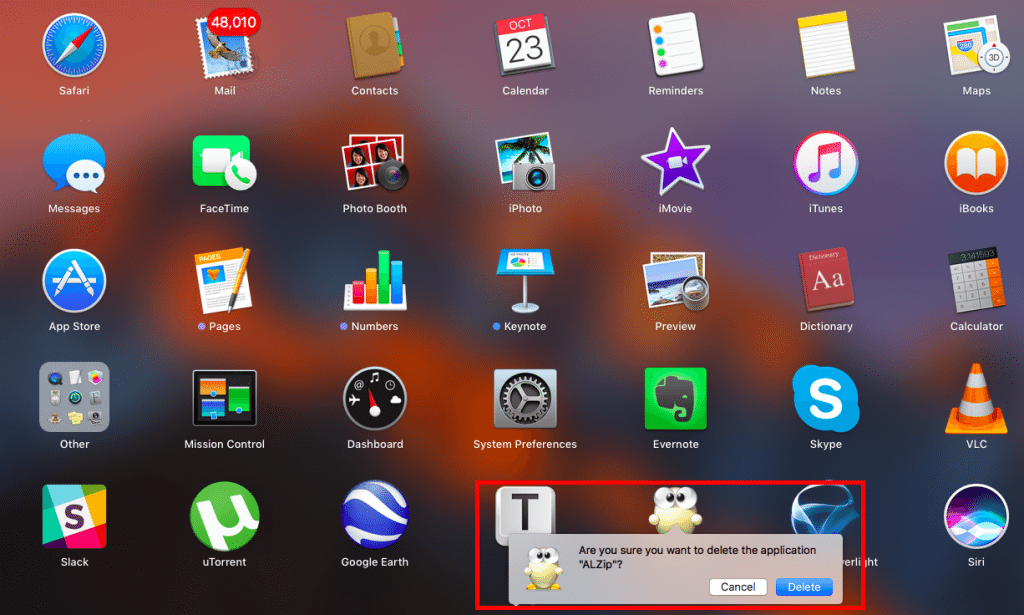Best Uninstalling Apps For Mac
What is latest skype version for mac. You can uninstall apps you got from the App Store, from other websites, or from discs. You can’t uninstall apps that are part of macOS, such as Safari and Mail. • Apps downloaded from the App Store: Click the Launchpad icon in the, position the pointer over an app’s icon, press and hold until all the icons begin to jiggle, then click the app’s Delete button. If you later want the app, you can reinstall it from the App Store.
If an icon doesn’t have a Delete button, it can’t be uninstalled in Launchpad. For more information about Launchpad, see. • Other apps: In the, click Applications, then do one of the following: • If an app is in a folder, open the app’s folder to check for an Uninstaller. If you see Uninstall App or App Uninstaller, double-click it and follow the onscreen instructions.
• If an app isn’t in a folder or doesn’t have an Uninstaller, the app from the Applications folder to the Trash (located at the end of the Dock), then choose Finder > Empty Trash. If you change your mind before emptying the Trash, select the app in the Trash, then choose File > Put Back.
Uninstalling Mac Apps By Dragging Them To Trash This is the simplest and most straightforward method, and works best with apps that you’ve downloaded from Mac App Store (or those that have only an.app file in the Applications folder). Delete Mac apps with CleanMyMac X. Now it’s time for the safe and quick app uninstalling option. There’s a safest way to uninstall software on Mac without searching all over your Mac, and that’s by using CleanMyMac X. It knows what to clean and what to leave be. Most Mac software “installs” by dragging it into /Applications. It doesn’t really matter. They’re essentially self-contained. Nothing happens in the background when you drag-and-drop an application. If you installed software this way.
To start a session with that desktop, simply double-click it to begin. Here, you can choose a local folder to be made available during your remote session. Microsoft remote desktop mac store. When you are finished configuring your remote desktop, click the red close button at the top left of the dialog box and your new remote desktop will be added. Click the '+' button, choose a name for the folder, and input the folder's path to have it available. The third tap at the top of this window is 'Redirection.'
Some are so persistent that you can’t use traditional methods to remove them. Even if you do, there will always be some app remnants that clog up your system’s memory and resources. Programs like are case in point.  They’re notoriously hard to remove, and even if you get rid of the main program, several files are likely to be distributed around your hard drives that are nearly impossible to track and remove.
They’re notoriously hard to remove, and even if you get rid of the main program, several files are likely to be distributed around your hard drives that are nearly impossible to track and remove.

So, how do you remove malware on Mac, and how to fully uninstall unwanted Mac Apps? This article talks about this category of apps, why they persist on your system and what you need in order to uninstall them completely.
Known Cases of Mac Malware – Other Unwanted Mac Apps Some apps just won’t quit! If you’ve had any experiences with something like MacKeeper, you’ll see that it’s hard to draw the line between annoying apps and malware. Of course, malware deliberately seeks to sabotage your Mac and possibly even your network-linked devices, but even some popular apps like MacKeeper can be aggressive enough to qualify as malware. Another candidate from the list of unwanted Mac apps is Advanced Mac Cleaner.
Best Program To Uninstall Mac Apps
One of the ways in which it is distributed is through a Adobe Flash Player installer which is a variant of Crossrider / OSX Shlayer, essentially an adware program. Advanced Mac Cleaner then uses Siri to tell you there’s something wrong with your Mac. And a configuration profile that the malware installs in your Mac won’t let you change your Safari homepage.